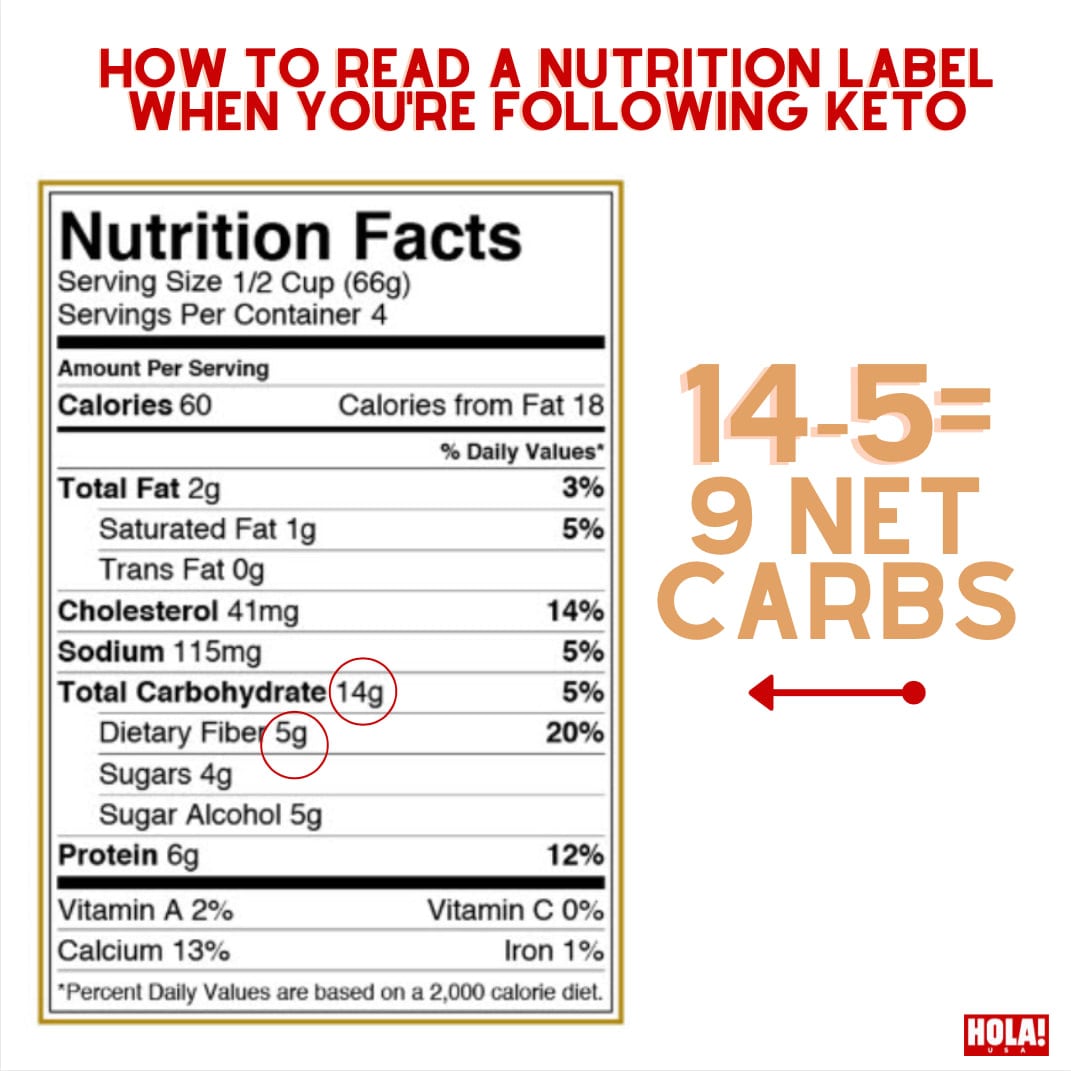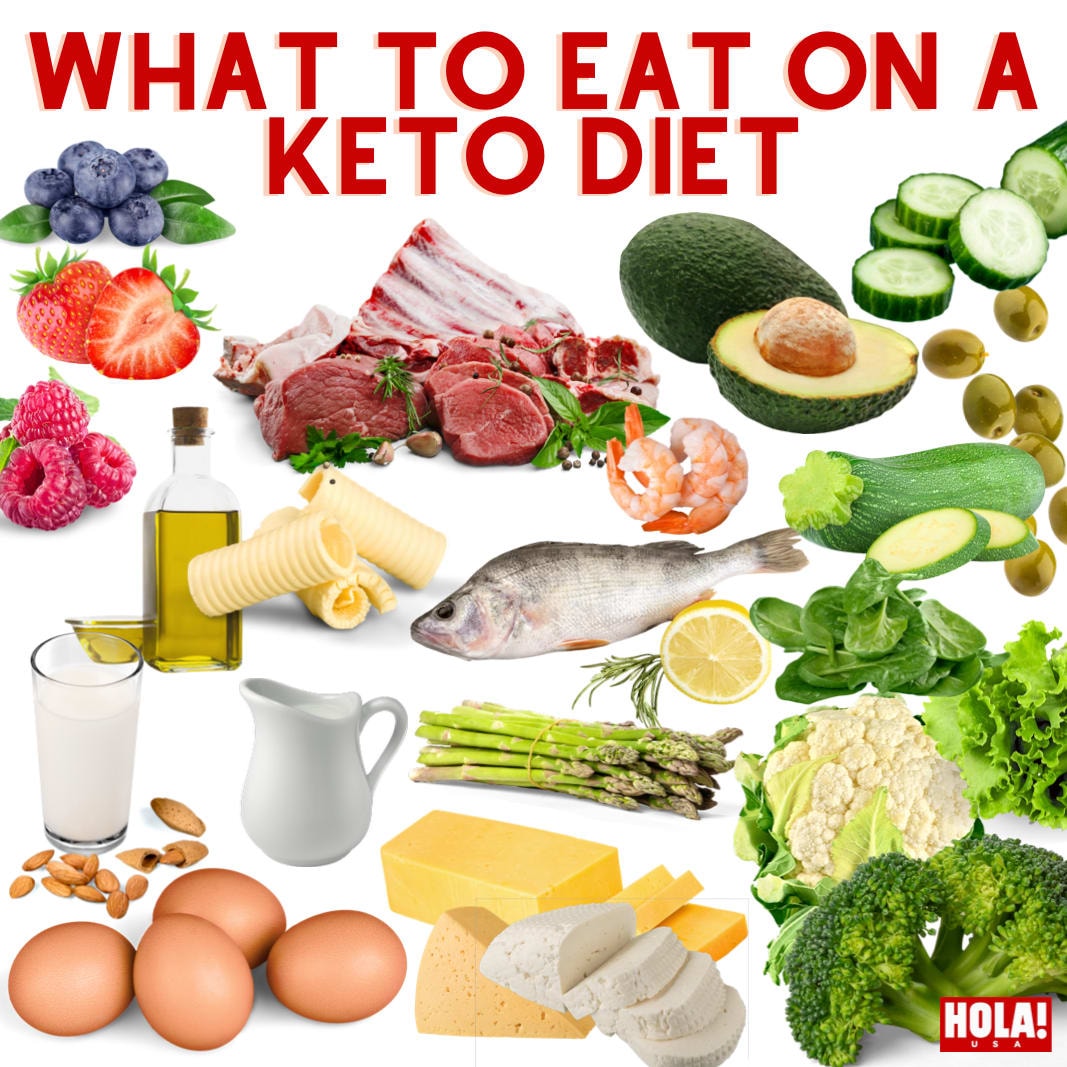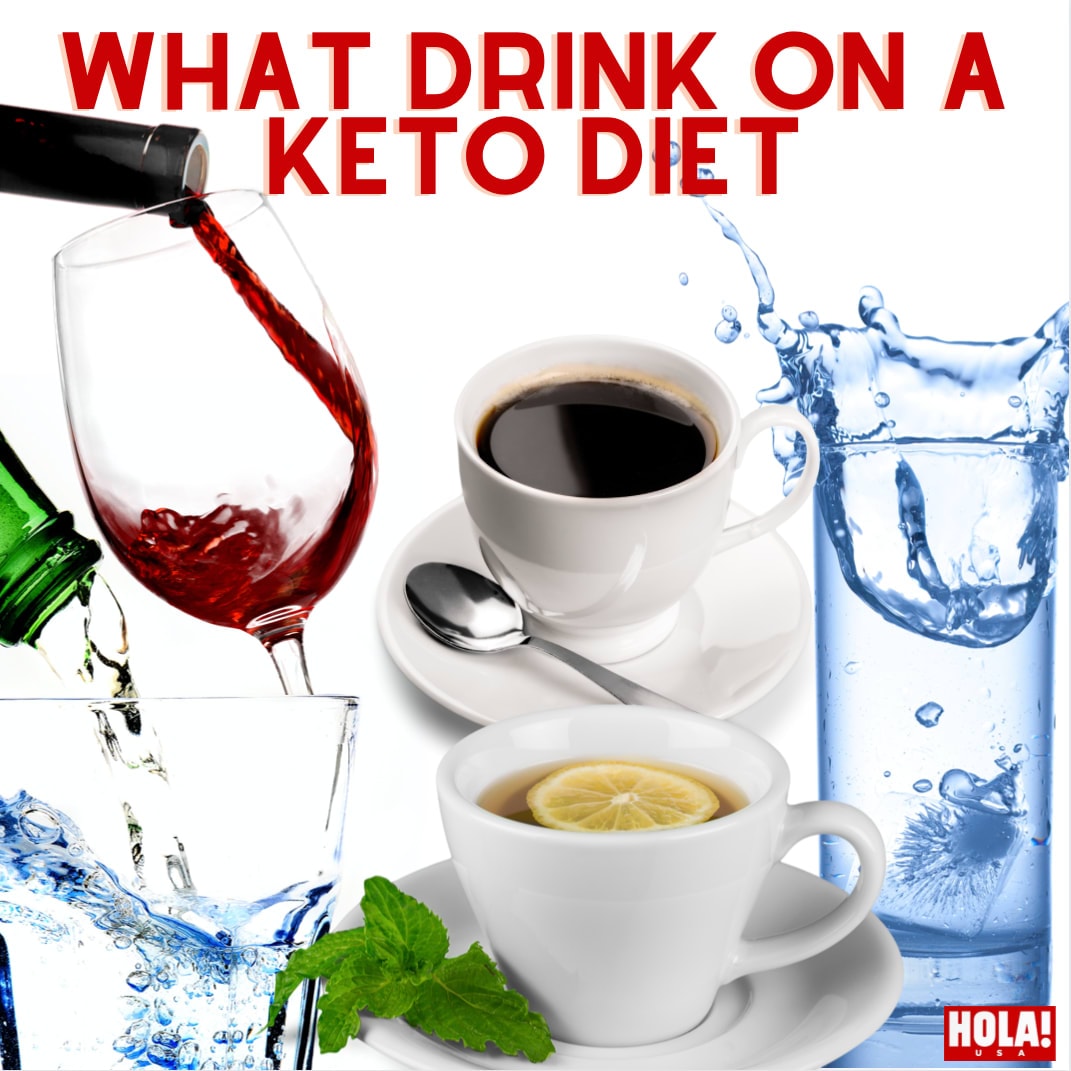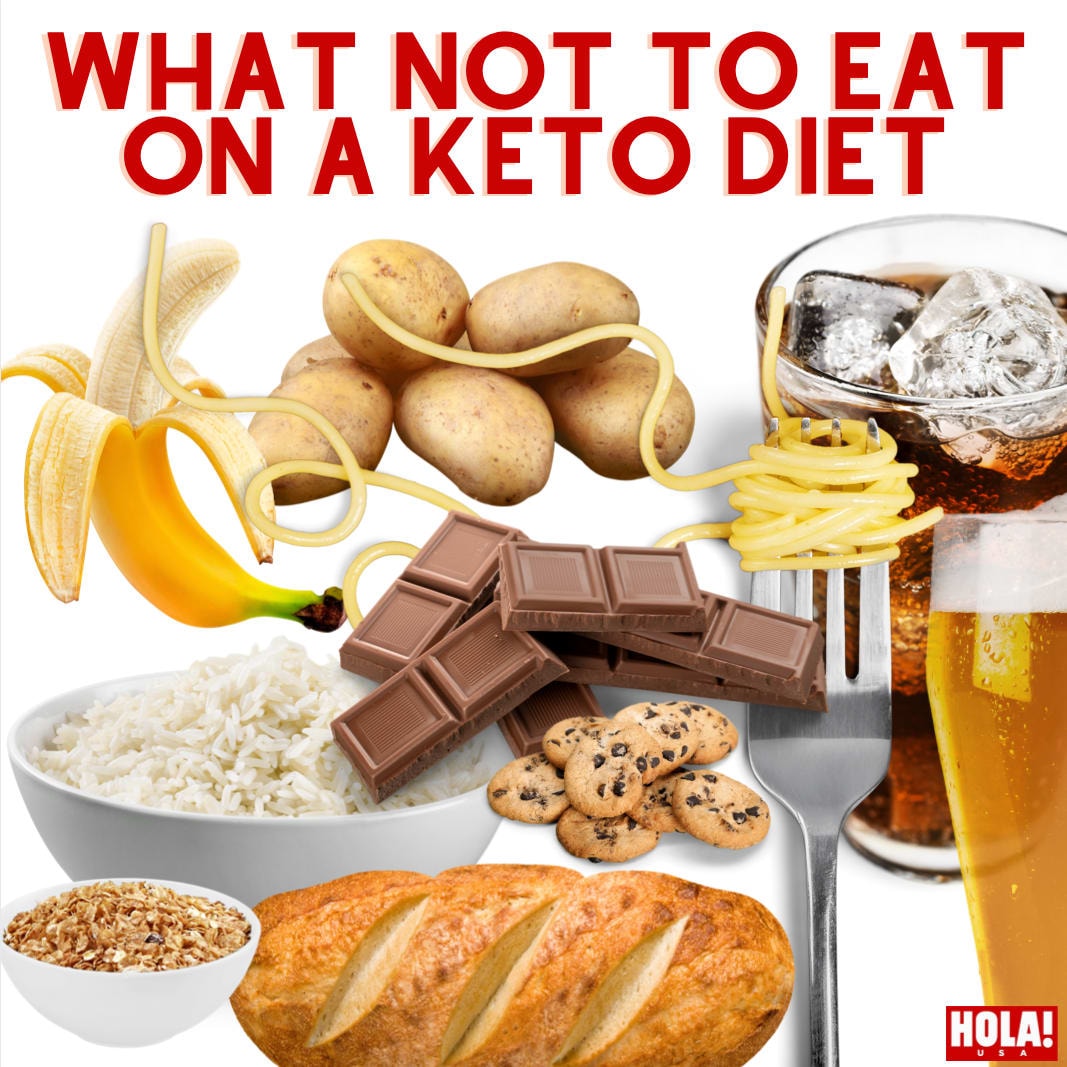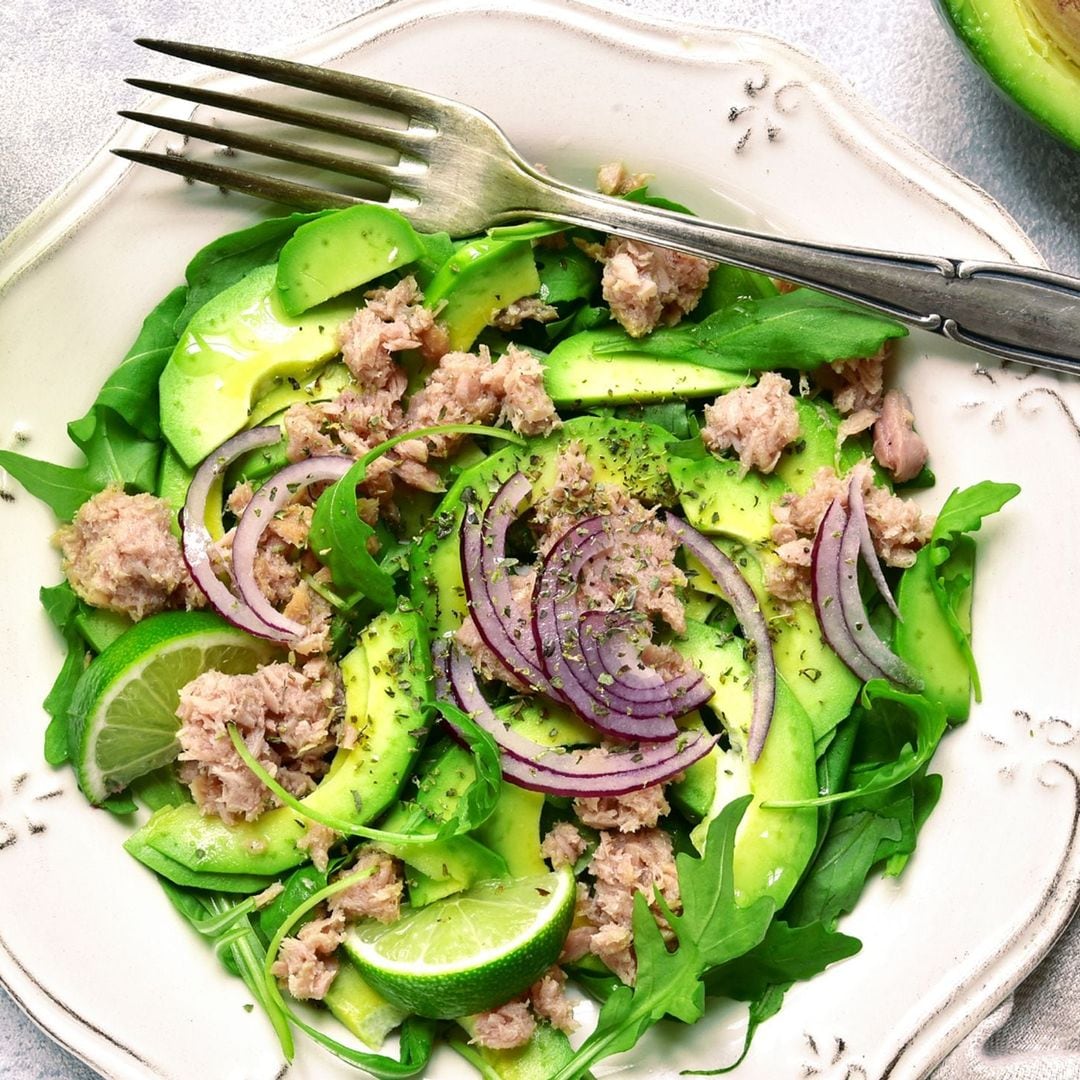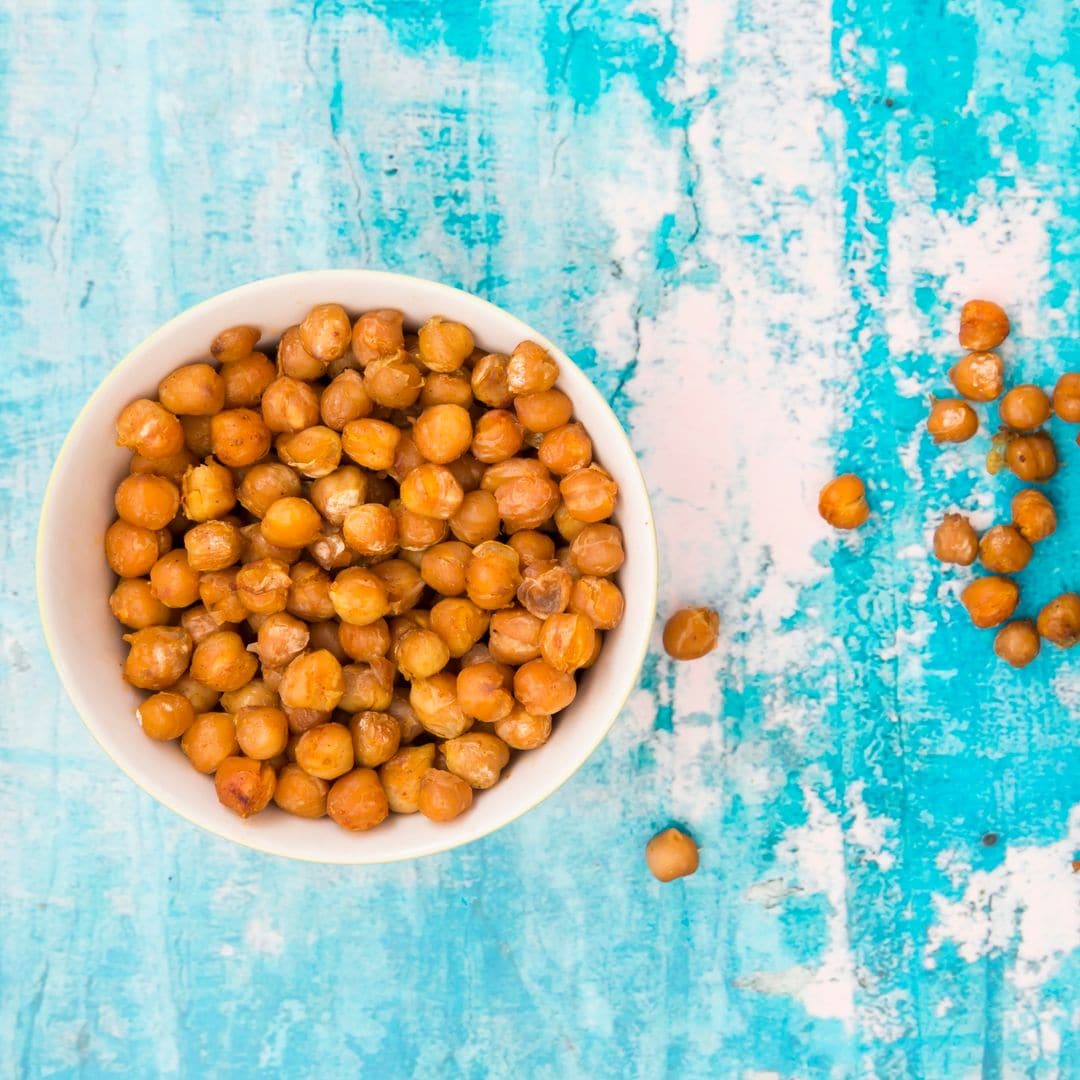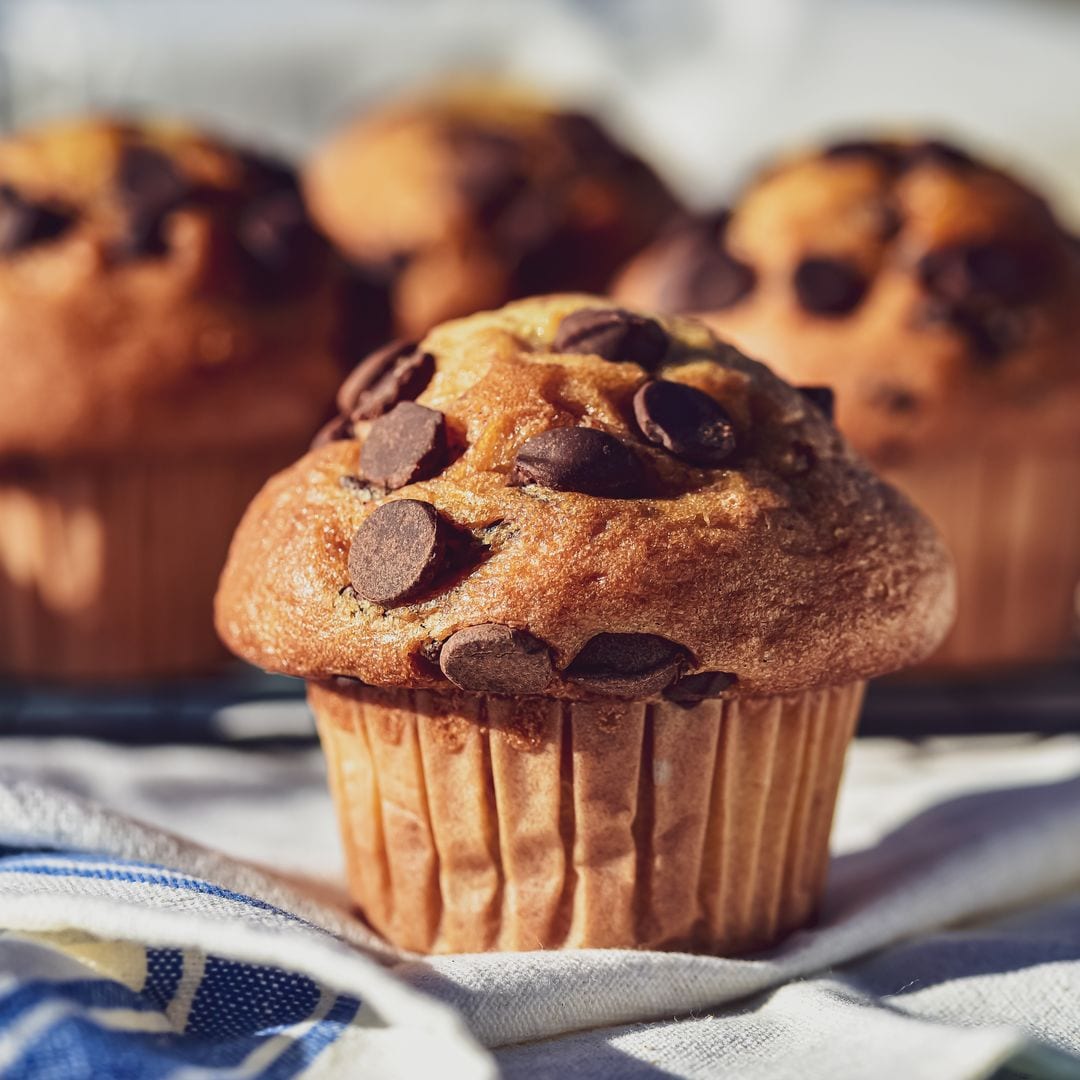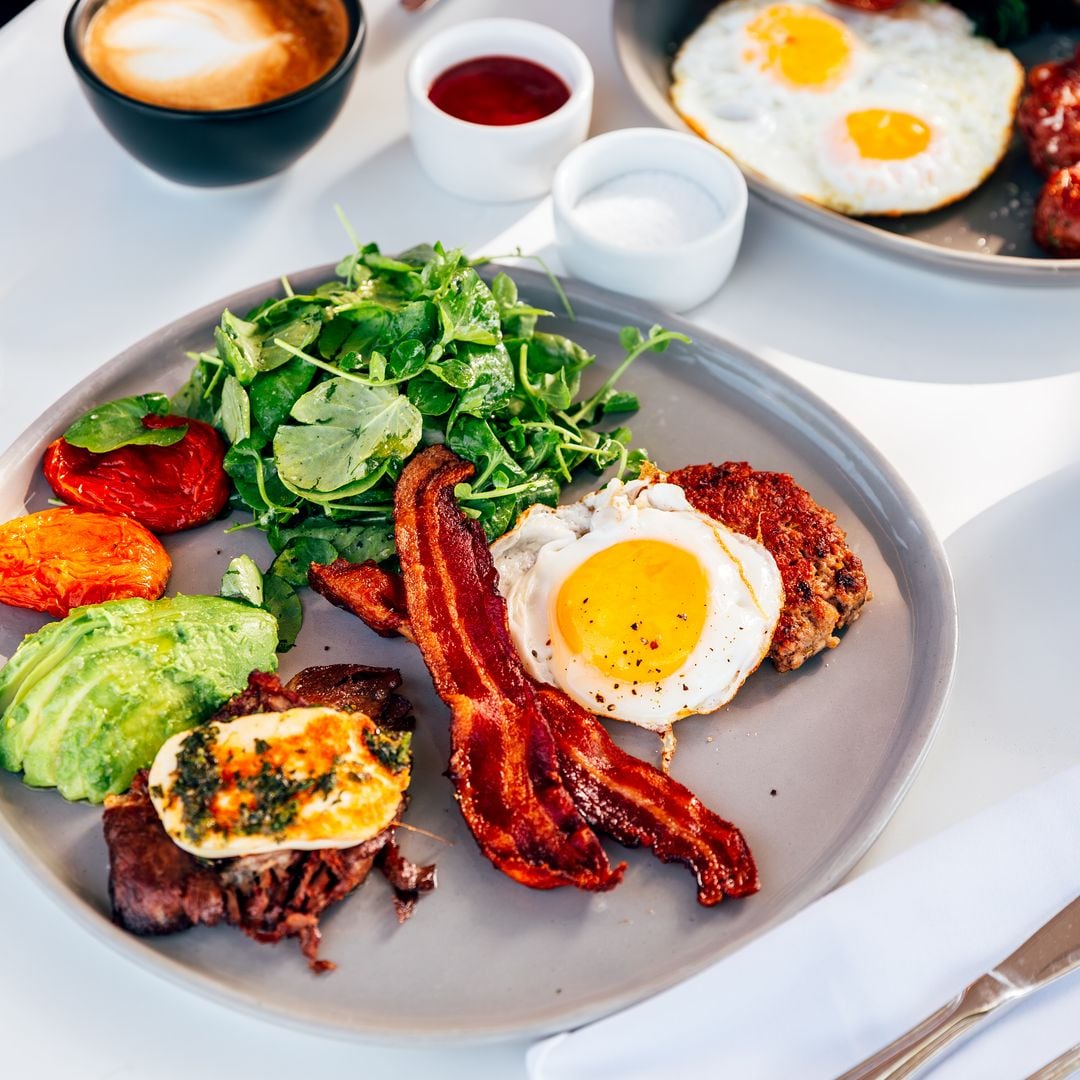Do you want to lose weight in 2021, but you haven’t found a diet you can fully commit to? Why don’t you try the ketogenic diet? At this point, you’ve probably heard of it, or you know someone who has lost weight with it. So it is time for you to give it a chance!
The keto or ketogenic diet causes your body to produce “ketones,” chemicals your liver makes when you don’t have enough insulin in your body to turn sugar into energy, so your body uses your fat and burns it. On a ketogenic diet, your entire body spends the day burning your fat, a process known as “ketosis.”
Believe it or not, following the keto diet is simple, and you can succeed by following the next three rules: eat low-carb foods, moderate your protein intake, and consume higher-fat meals.
How to know when foods are low-carb? Always check the nutrition facts label and get your numbers right
In the past, we have been focusing on how many calories foods and drinks have; however, in the ketogenic diet, you’ll find that the most important numbers are the total carbohydrate and the amount of dietary fiber. Ideally, while on a keto diet, you should consume around 20 to 50 g of carbs per day. To know precisely how many net carbs (carbs that are absorbed by the body) the product has, simply subtract the dietary fiber from the total number of carbohydrates. Example: Total carbohydrate 14g. Dietary fiber 5g. 14-5=9 grams of net carbs. NOTE: Sugar alcohol should also be subtracted when found in the label.
Now that you know how to calculate your carbs in processed foods, you need to know the typical whole foods you can enjoy.
What to eat on a keto diet
You’ll be surprised with all the foods you can enjoy while following the keto diet. You can eat all kinds of meats, fish and seafood, eggs, almond milk, creamer, cheese, cream cheese, butter, olive oil, olives, zucchini, cucumber, lettuce, cauliflower, spinach—also, Brussels sprouts, broccoli, avocado, blueberries, strawberries, and raspberries.
What to drink on a keto diet
You can drink water, seltzer water, sparkling water, coffee, tea, red wine, vodka, whiskey, and cognac—substitute cow milk for almond milk.
What not to eat and drink on a keto diet
Avoid at all costs the intake of potatoes, bananas, and other fruits with high sugar content, candy, sugar, bread, cookies, pasta, rice, cereal, oats, beer, soda, pizza, ice cream, etc.
Proven health benefits of the keto diet
Among the benefits of following a ketogenic diet, we can find the reduction of appetite, weight loss, fat loss, reduction of triglycerides, increased levels of “good” cholesterol, low blood sugar and insulin levels, and so much more!
Remember to consult your doctor before starting a new diet, especially if you are pregnant, nursing, or have a health condition like diabetes.
,type=downsize)

